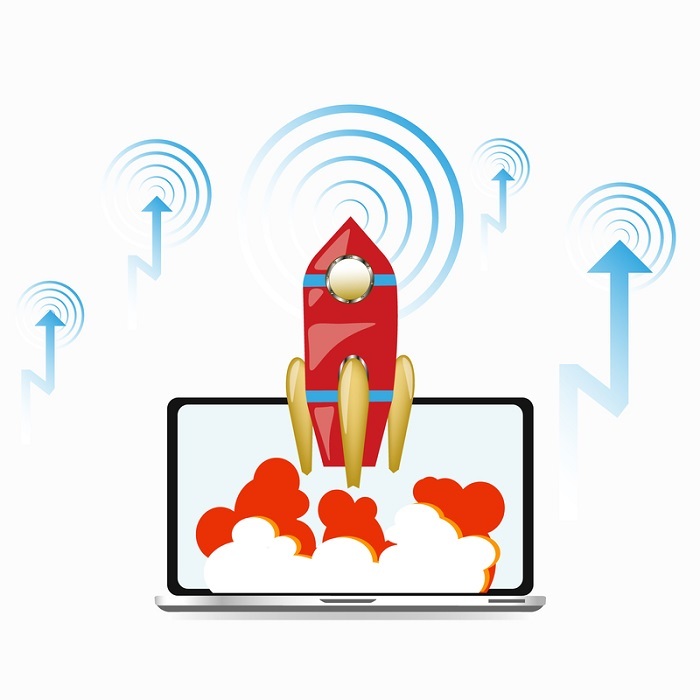
 Data Structure
Data Structure Networking
Networking RDBMS
RDBMS Operating System
Operating System Java
Java MS Excel
MS Excel iOS
iOS HTML
HTML CSS
CSS Android
Android Python
Python C Programming
C Programming C++
C++ C#
C# MongoDB
MongoDB MySQL
MySQL Javascript
Javascript PHP
PHP
- Selected Reading
- UPSC IAS Exams Notes
- Developer's Best Practices
- Questions and Answers
- Effective Resume Writing
- HR Interview Questions
- Computer Glossary
- Who is Who
Product Launch Best Practices: How to Ensure Success
A product launch is an organized and planned corporate initiative to introduce a new product and make it easily available for sale. A successful product launch might make a difference in today's cutthroat business environment. You may enlarge your consumer base, raise brand recognition, and eventually spur revenue development by launching a new product. Yet releasing a product is not a simple task, and a failed launch may have serious repercussions for your company.
Therefore, it's essential to adhere to best practices that will assist you in creating awareness, inspiring enthusiasm, and, ultimately, boosting sales to guarantee a successful launch. In this blog, we'll cover the essential best practices that may help you achieve a successful product launch.

Why is Project Launch Important?
Product launch is critical to the success of any company attempting to bring a new product or service to the market. Here are some reasons why a product launch is important ?
Get new customers ? A successful product launch may help you connect with new clients who may not have known about your company or your services. You might enlarge your consumer base and enhance your market share.
Promotes Awareness ? A product launch is a great approach to start a conversation and spread awareness of the brand-new good or service. You may draw prospective buyers and raise their interest in the product by building excitement and anticipation surrounding the launch.
Develop customer loyalty ? By giving your consumers a satisfying experience, a successful product launch may assist you in building customer loyalty. Customers are more likely to purchase from you again and refer your items to others if they are happy with them.
Maintain competition ? An effective product launch helps you maintain competition in your market. You can remain ahead of your rivals and keep up with market trends while offering new items to retain your position as an industry leader.
Generates Revenue ? Since you have a good customer base now, it may its obvious that your product may generate considerable revenue for the organization. It may significantly increase profits by bringing in more clients and boosting sales.
Stages of Product Launch
A product launch has three major stages ?
Planning
Product teams define objectives at this point, do audience and competitor research, coordinate expectations, and decide on a marketing plan. The launch team collaborates closely with the product developers to determine a launch schedule and highlight the product's most salable features.
Execution
The second phase marks the official release of the product. This covers the actual day of release as well as the ensuing marketing initiatives to keep the buzz going over the next weeks. Data about the product and marketing are gathered during this period that will later be used to assess the launch's performance.
Analysis
Marketing activities will eventually wane when the product moves from the launch stage into the growth stage of its life cycle. Product teams assess if KPIs and other objectives were accomplished due to the launch by comparing data gathered during the release timeframe.
What are the Best Practices to Implement for A Successful Product Launch?
Identify the Ideal Audience
You must first identify and target the appropriate market for your product to get the greatest results. The product was created with a certain group of customers in mind and is based on their demands. The product manager, who has the necessary product insights and an awareness of the client's demands, adopts and leads this approach.
Determine your Competitors
Don't make the error of lacking knowledge about your rivals. You won't know what to do to increase sales if you don't know who your competition is. By researching your rivals' offerings and marketing tactics, you may position yourself to capitalize on their flaws and win over consumers with your product.
Create a Product Launch Checklist
A crucial component of every product launch is a running checklist. Product teams, marketing teams, sales teams, and other groups collaborate during product launches to achieve a unified objective. Even the most organized manager or team leader may easily lose sight of what has to be done when managing a constantly-evolving list of chores.
When launch day approaches, keeping a continuous list of all necessary activities ensures nothing is overlooked. Once tasks are done, they should be crossed off, and new ones should be added as new concepts or issues crop up. Grouping tasks by category or by the team in charge is also a good idea.
Create a Budget
A major mistake that impairs the success of new launches is underestimating the funding required for product design, manufacturing, and marketing. Carefully consider your expenditure strategy and account for any potential modifications to the schedule for the product launch.
Seek Suggestions From the Clientele
Getting your product development team to connect with your potential client base is one strategy to improve your positioning. Your success will be aided in three ways by their recommendations and comments. You will first have a deeper understanding of your target market and its expectations. And last, you'll be able to gauge the effectiveness of your message, which will help you improve your product. Customer endorsements can significantly bolster your product presentation and give your value proposition legitimacy.
Discover the Top Influencers To Collaborate With
Approach influencers, media, and websites to generate interest. Ensure you're delivering something of value since these people get hundreds of emails about new products daily. Be original to set yourself out from the crowd.
Establish Measurable Objectives and Benchmarks
You may assess your product launch plan by creating broad objectives and trackable and realistic benchmarks during the launch. Remember that you'll need to assess the metrics you choose regularly. You can always change the plan if your approach isn't functioning as well as you intended.
Be Open to Changes
Plans may change, as anybody who has worked on a project for any time is aware. The finished result often deviates from the initial concept. Plans may alter anytime for various reasons, including requests from the product team, legal counsel, client comments, market shifts, and more. A product launch isn't like launching a rocket into orbit and calling it a day. You continue promoting the product with new marketing and messages when it is out.
Do Thorough Product Testing
As a qualified product manager, you know the procedures to follow for a successful product launch. Human mistake, however, is always possible. A low-quality product should be avoided while creating your launch strategy.
A product launch controversy is a typical roadblock that may prevent your success. Throughout the years, you've probably seen unsuccessful product launches due to exploding mobile phone batteries or allergic reactions to designer apparel. Ensure your product undergoes comprehensive testing and market research to prevent such a calamity.
Follow-up after Launch
Several loose ends still need to be tied even as the event for the successful product launch ends. Many uncertain clients may want further information before deciding. Be sure to contact them again and provide a free demo or trial. You may maintain enthusiasm around your launch event through emails and social media postings expressing gratitude to clients and the media. To maintain client interest, have a supply of fresh content in the form of lengthier films and webinars focused on certain available products.
Conclusion
A new product launch might require a large financial commitment from your company, which can have major impacts if it fails. Although releasing a product might be difficult, it's also a chance to show off your innovation and creativity while establishing your company as a leader in your industry. By successfully releasing your product, you position your company for long-term success and encourage future development.

